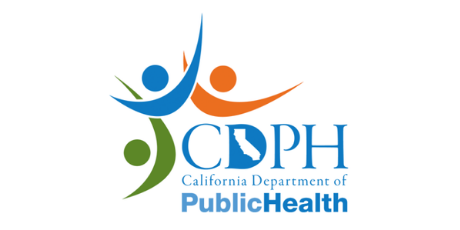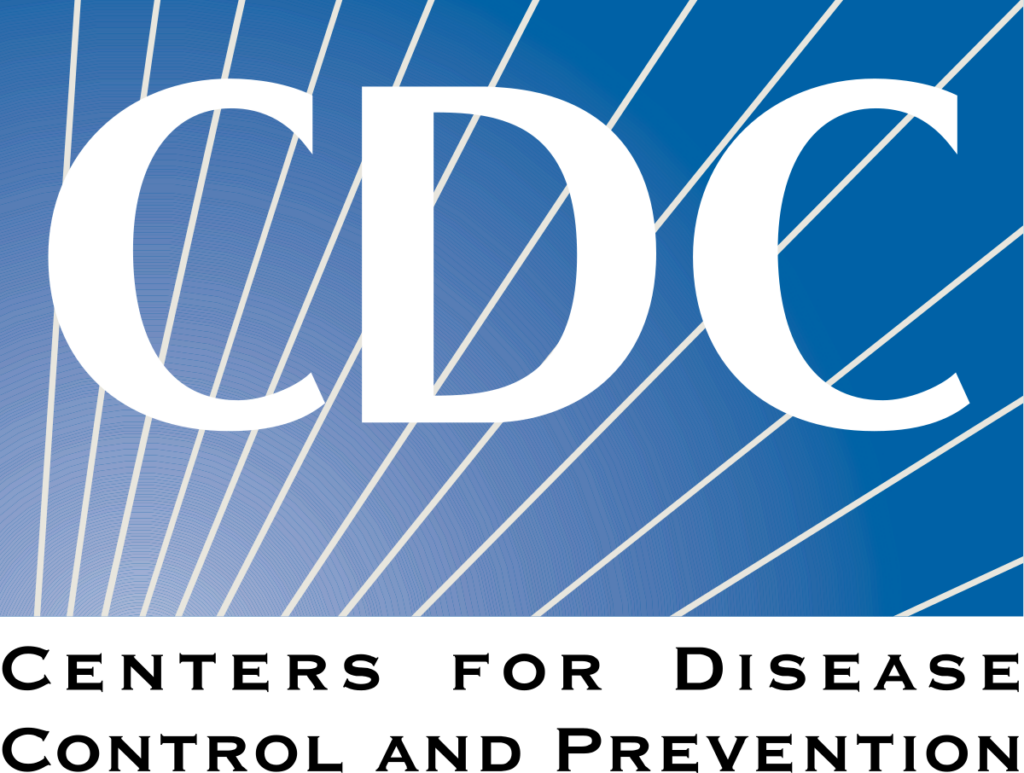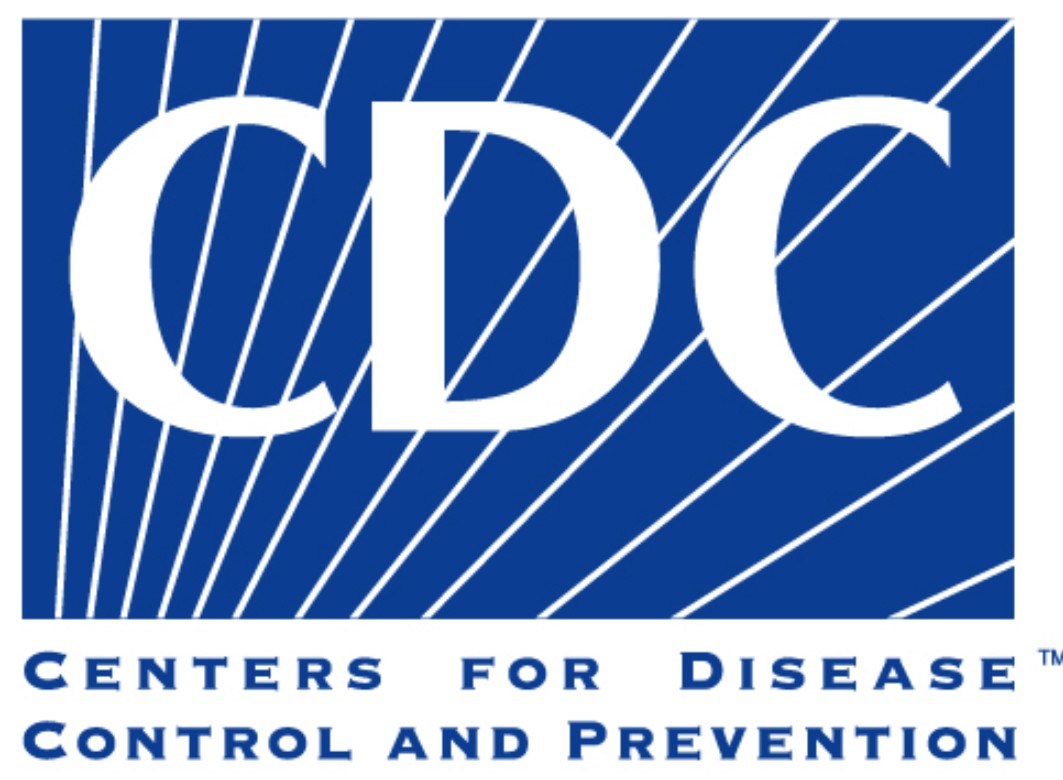STI Clinical Update Webinar– Summer 2024 Update and Review: Syphilis, Chlamydia, and Gonorrhea, County of Lake
Presented by Drs. Kelly Johnson and Kurtis Mohr
Wednesday, July 24, 2024
11:00AM – 1:00PM (PDT)
CME not available for viewing the webinar recording.

Learning Objectives
- Describe the varied clinical manifestations of primary and secondary syphilis in adults and adolescents
- Appropriately stage and treat syphilis in both pregnant and non-pregnant people
- Recognize the different sequelae of sexually transmitted C. trachomatis and N. Gonorrhoeae infections & their recommended treatments




